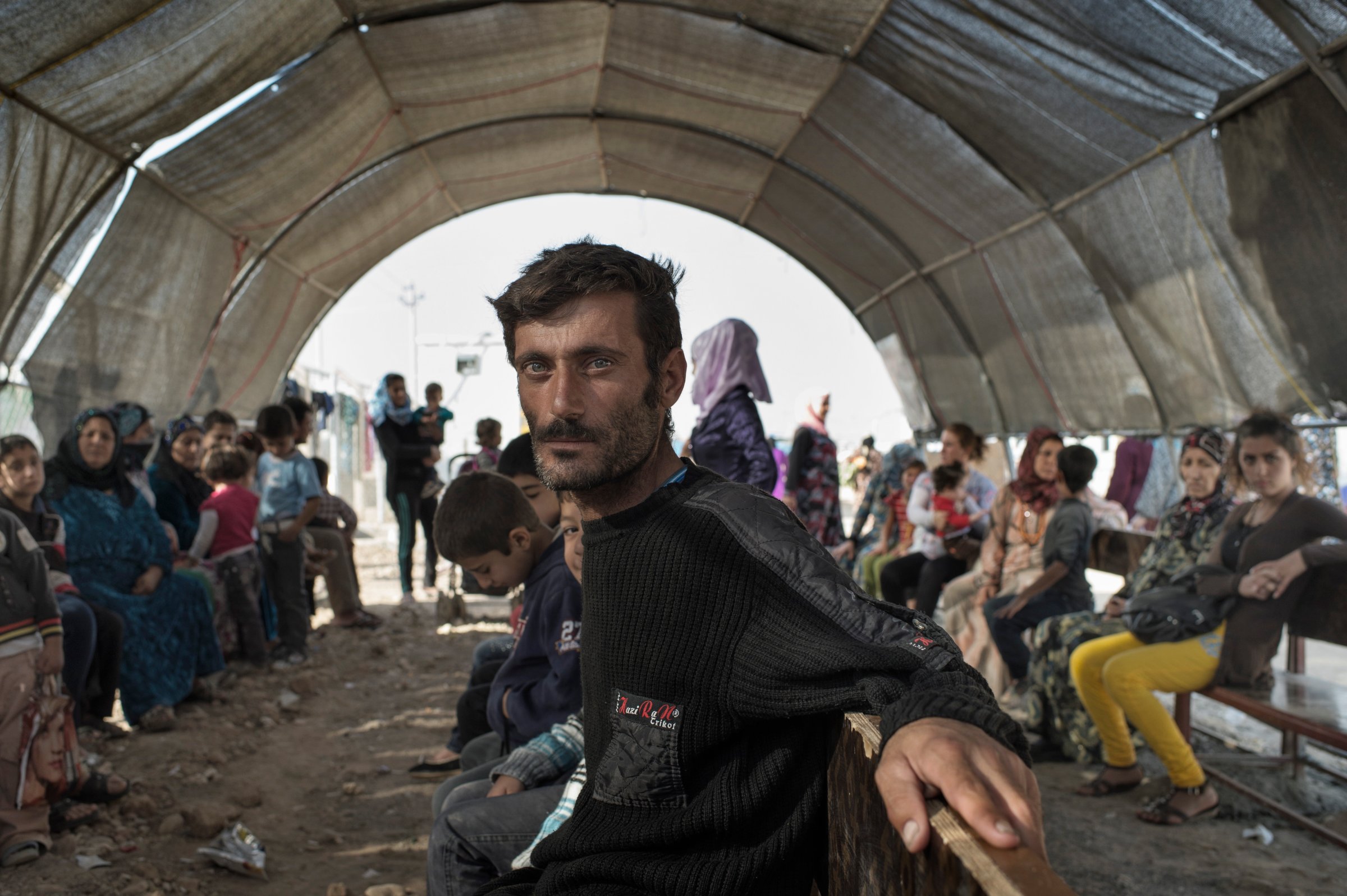
In late 2013, the medical humanitarian organizationDoctors Without Borders/Médecins Sans Frontières (MSF) sent four photographers and videographers—Kate Brooks, Ton Koene, Moises Saman and Yuri Kozyrev—to outposts in Iraq, Lebanon and Jordan, where MSF provides help to Syrian refugees. The project, shot over a single day, chronicles the Syrian war’s reach beyond the country’s borders. Phil Zabriskie, Doctors Without Borders’ managing editor, speaks to TIME LightBox.
LightBox: Why did MSF decide to pursue this project?
Phil Zabriskie: Syria has been hard for us and for many others to talk about. It’s so complex and there are no easy delineations between right and wrong, good or bad, or any of the other distinctions people prefer to employ to make sense of these things. If anything, it’s gotten more convoluted over time—as we are now seeing in several different places at once.
But we thought if we could capture the activities that go on in a single day, at a number of our sites with Syrian refugees, we could at least suggest the scope of the medical needs that exist because of this war, many of which continue to go unaddressed, and bring some of the personal stories to life. We could not send photographers into, or bring images out of, Syria itself due to security considerations, but the people [arriving] at MSF projects in neighboring countries have injuries, stories and experiences that speak volumes. And in many cases, our staff working with them have been touched personally by this conflict—or past conflicts—as well.
LB: How did the shoots take place?
PZ: We very much wanted to document a single day, so there were a lot of logistics involved to make sure the photographers and videographers who took part were available at the same time and that our [outposts] had the ability to host them, given the tempo at which they’ve been working. Eventually it came together, though, and then we put our faith in the teams to capture what they saw and the people they met—MSF staff and patients, alike.
LB: How did you choose these photographers?
PZ: Moises, Kate and Yuri are all true professionals. They are not only great photographers with distinct styles, but they also know how to handle themselves in environments like these, where patients and the work being done have to be respected. The same goes for the videographers, Daniel Etter, Pierre Yves-Bernard, and Benoit Finck [the latter two of whom work with MSF]. These are refugee projects, and we can’t always provide the sorts of facilities people in the U.S. or western Europe might be accustomed to. But we can always aspire to maintain the dignity and humanity of the patients, even in the worst of circumstances, and we felt comfortable that these professionals could do that. And Ton Koene has actually worked in the field for MSF, so he brings a special insight into the nature of the projects, and he’s been able to convey that in the work he’s done with us—in this case in Ramtha, Jordan, but in the past in places ranging from Pakistan to the Central African Republic and numerous points between.
In the end, they all got a very close-up, intimate look at the wide range of needs that exist and some of the very real human drama that plays out constantly—sometimes tragically, sometimes triumphantly—in these sorts of programs.
LB: Will the project be updated?
PZ: The project will be released in, eventually, nine different languages over the next two weeks. What happens in the weeks and months after its release remains to be seen. But we will continue trying to find ways to work with terrific storytellers, like those we were lucky to work with here, in order to show what we’re doing—and to be candid about what we are not able to do—in the places we work.
Doctors Without Borders’ Reach of War is available online.
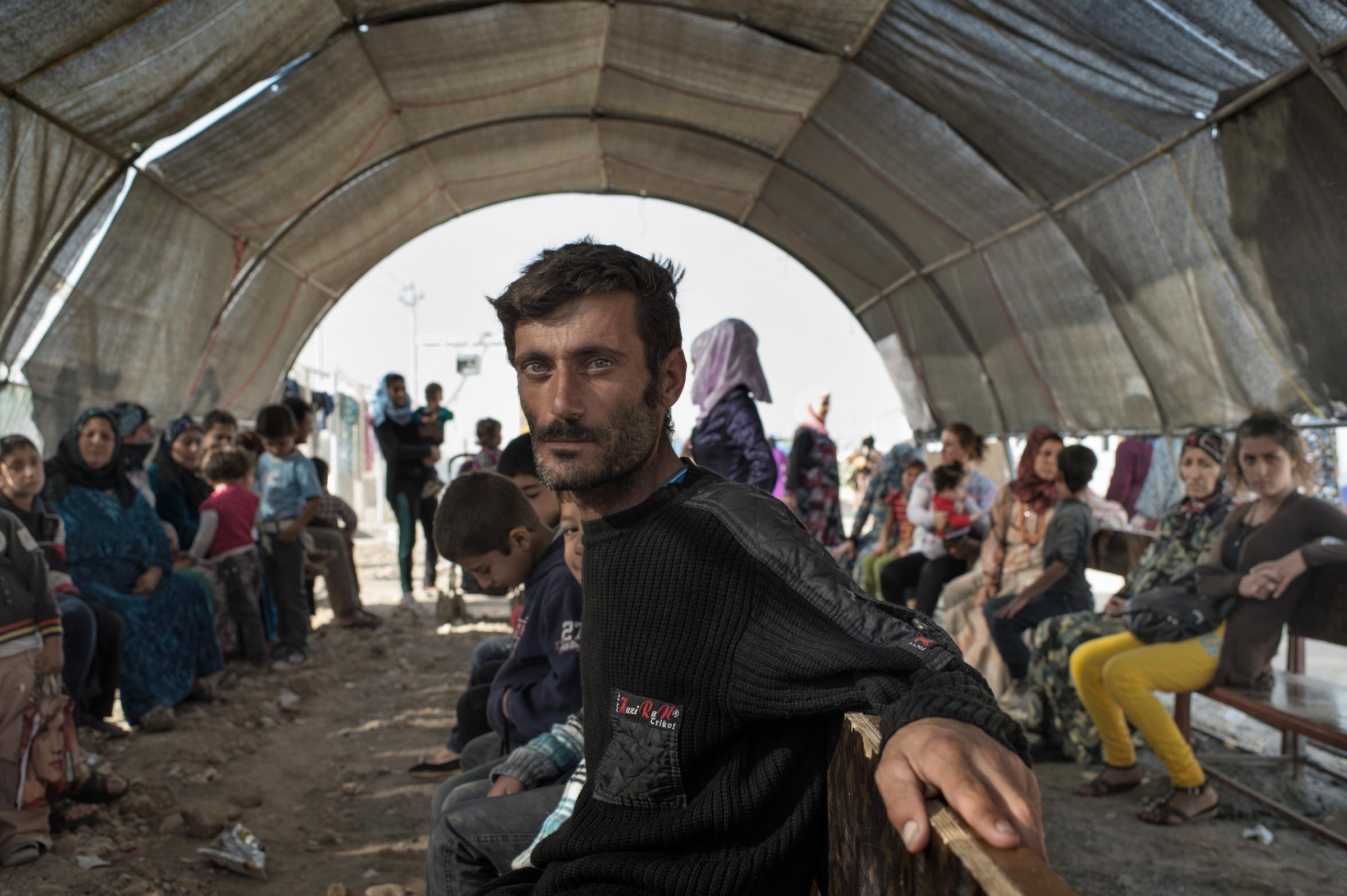

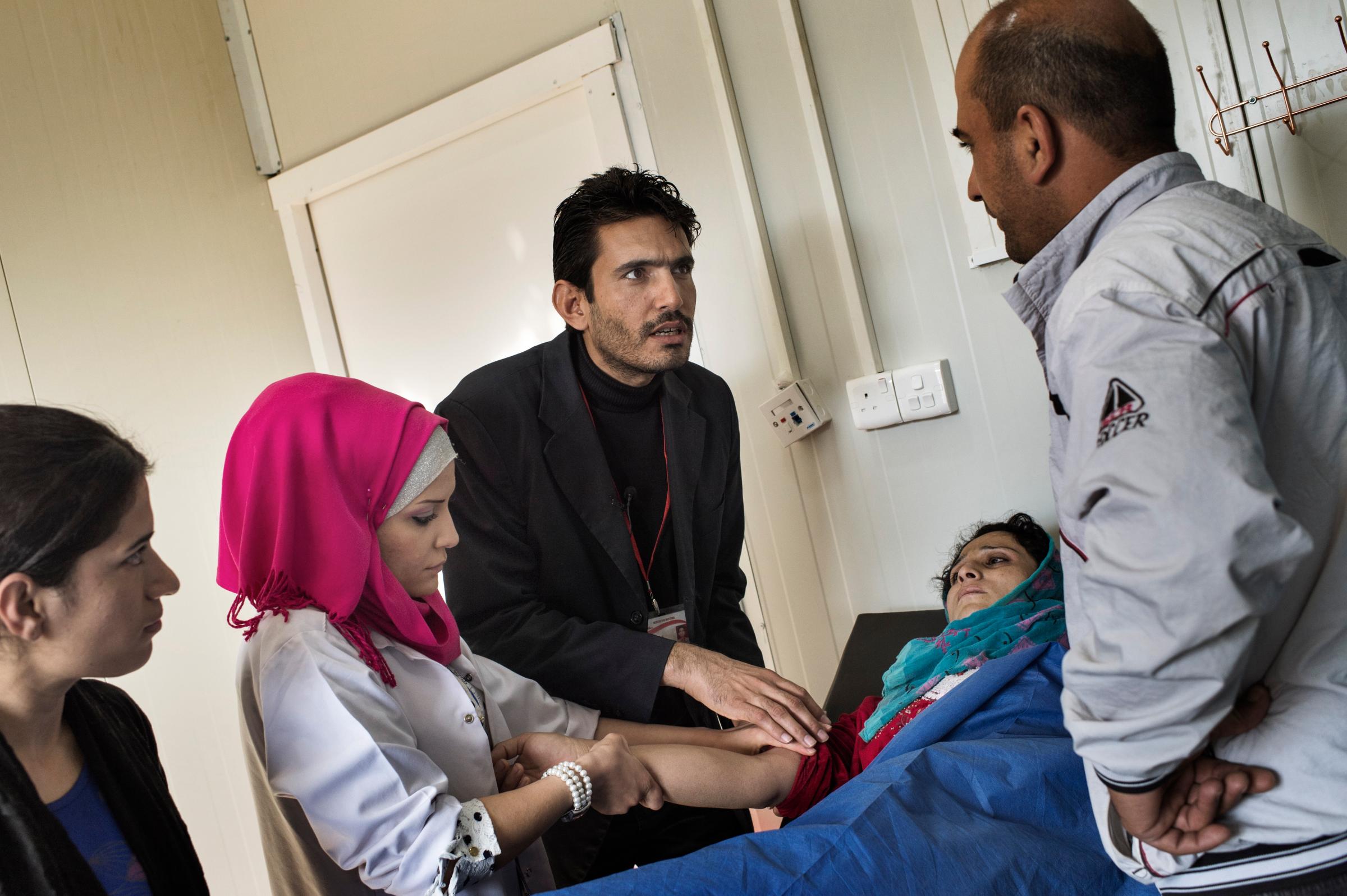
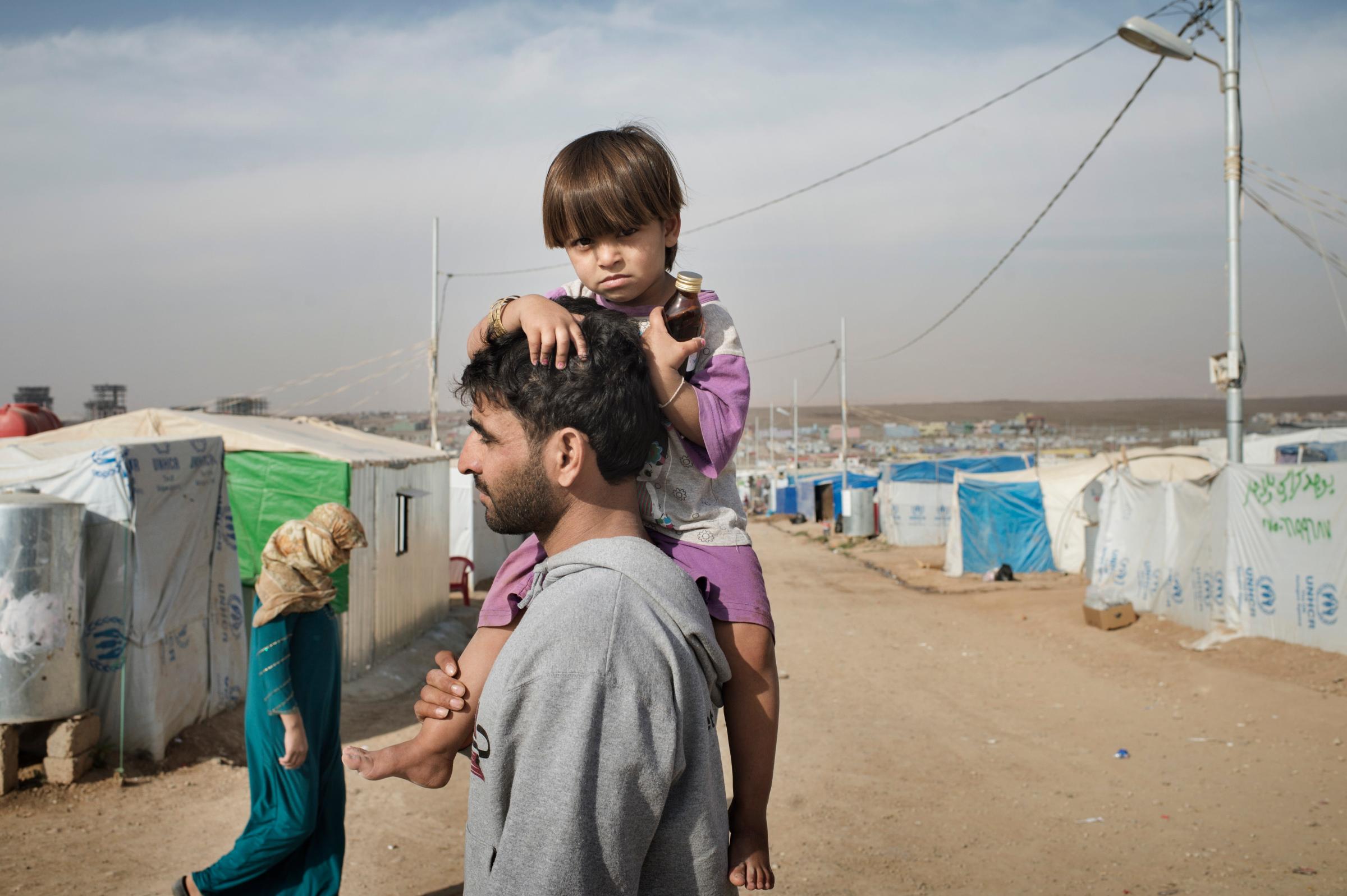
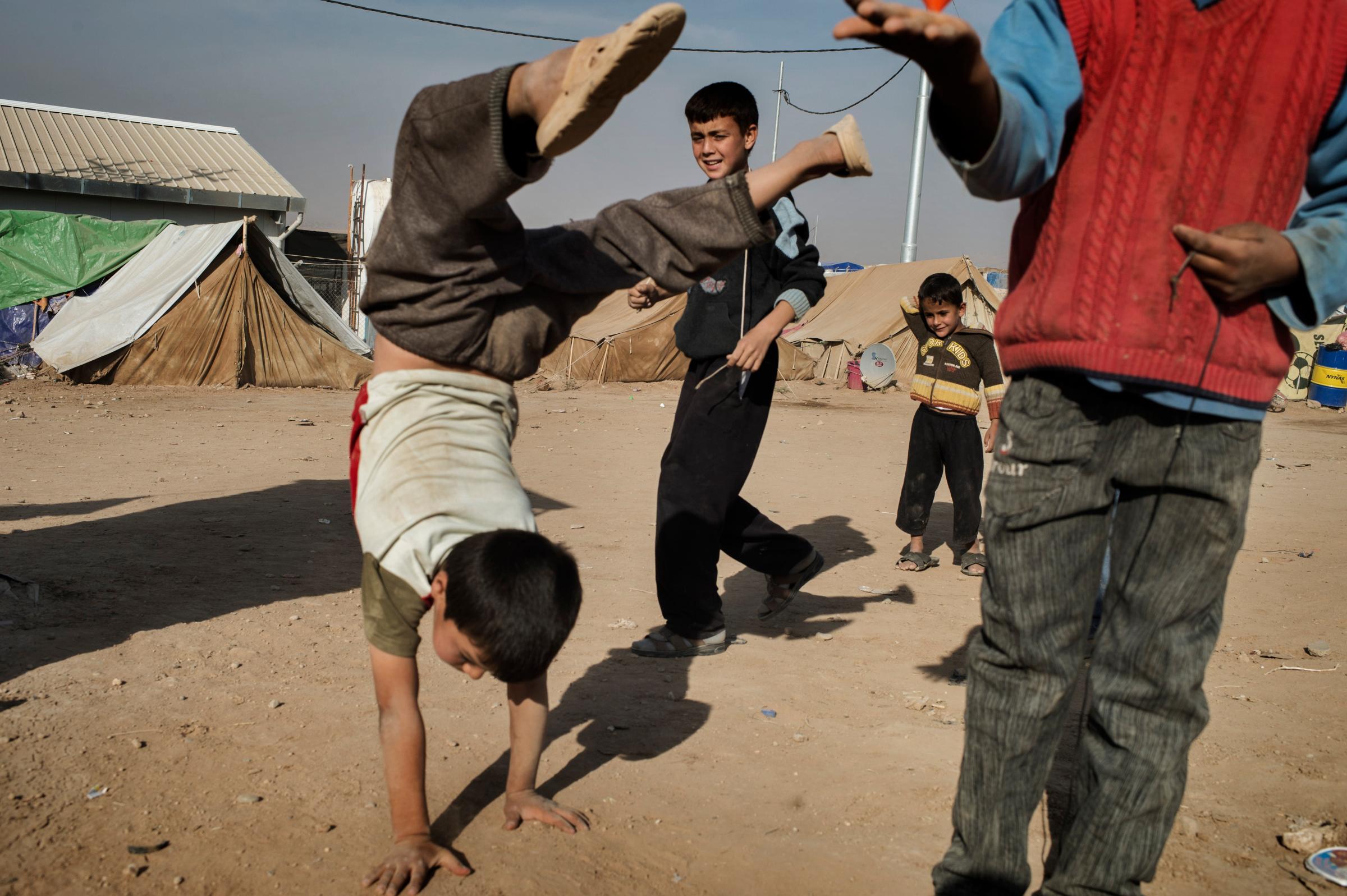

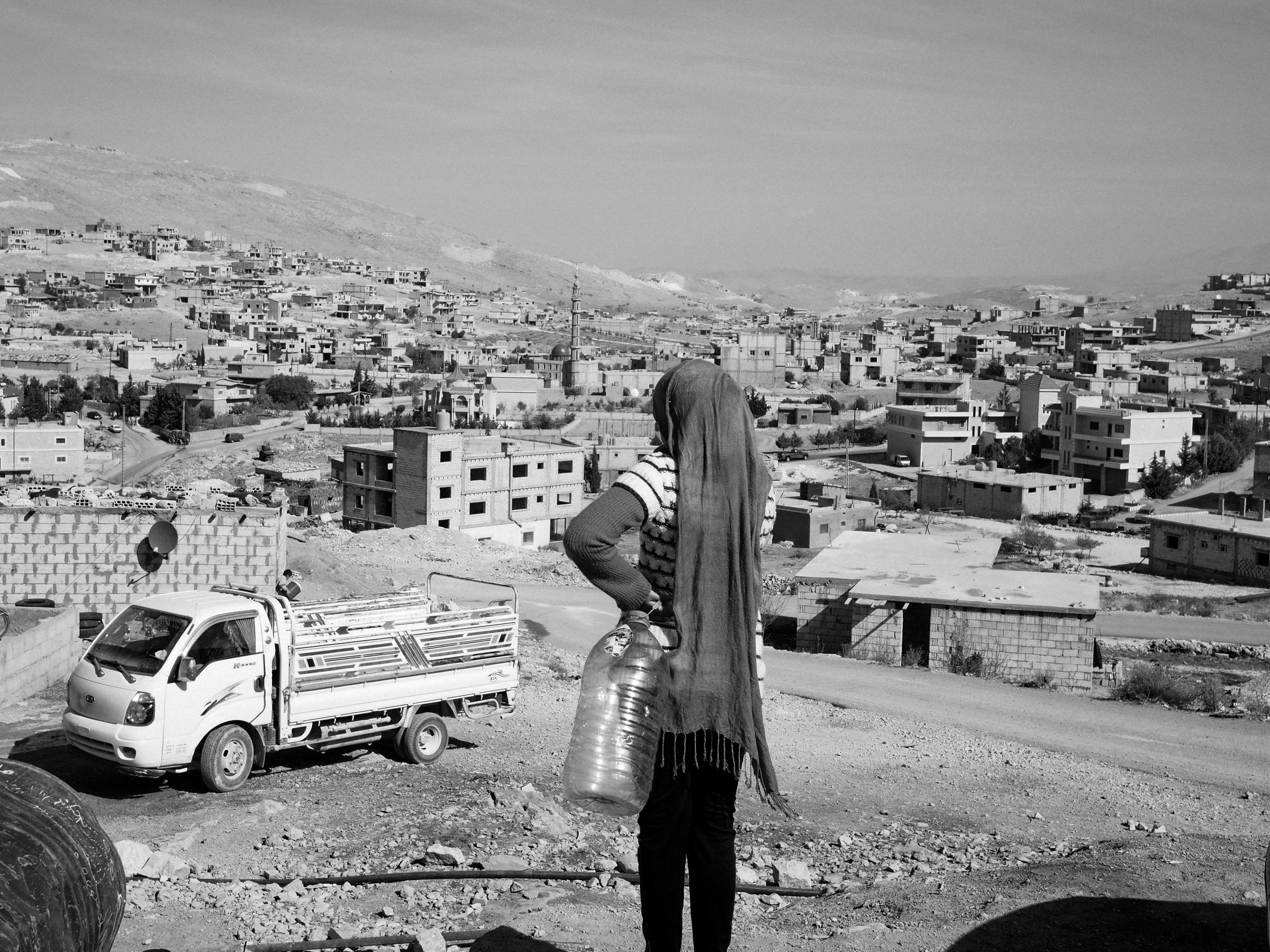
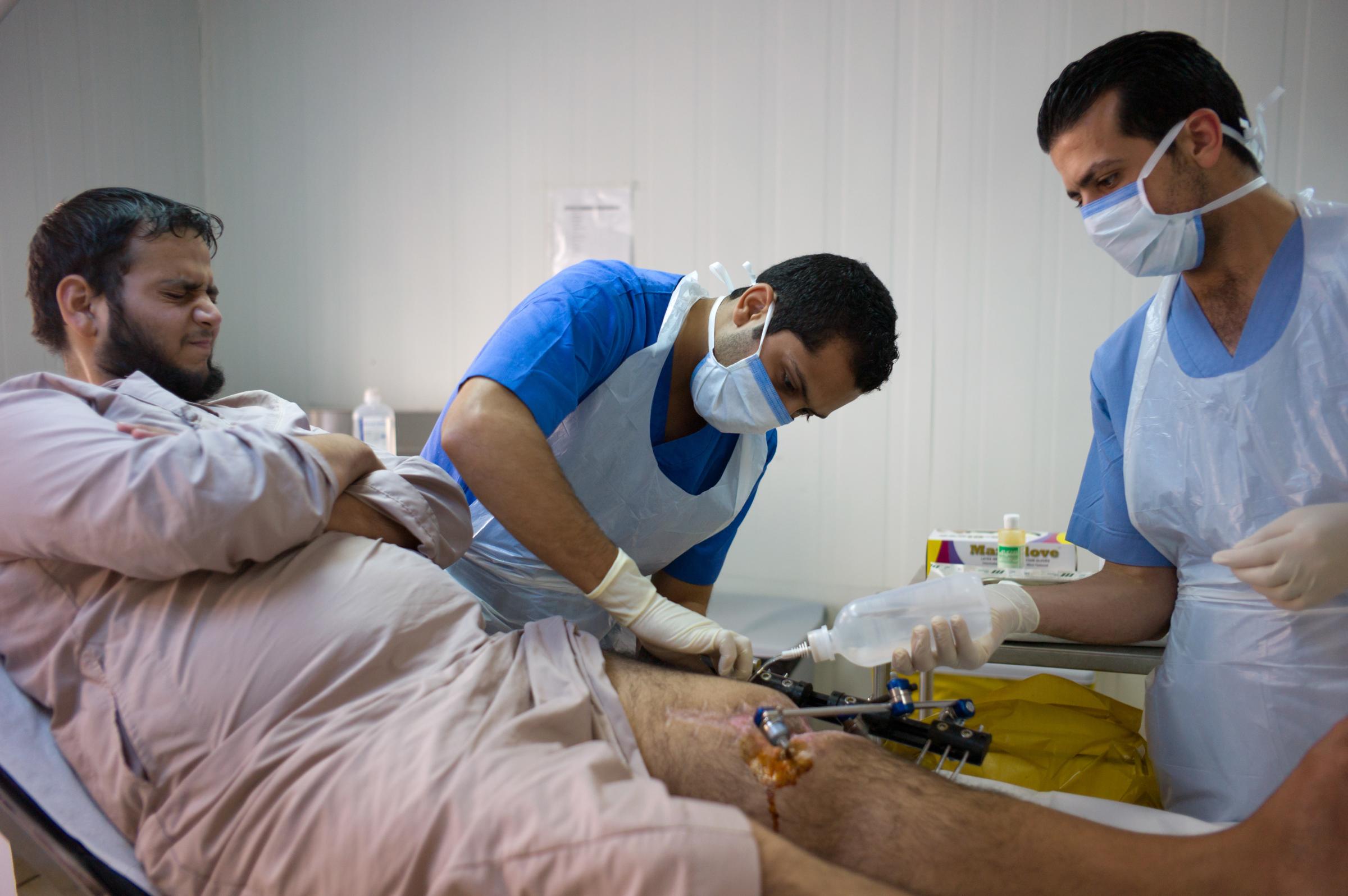
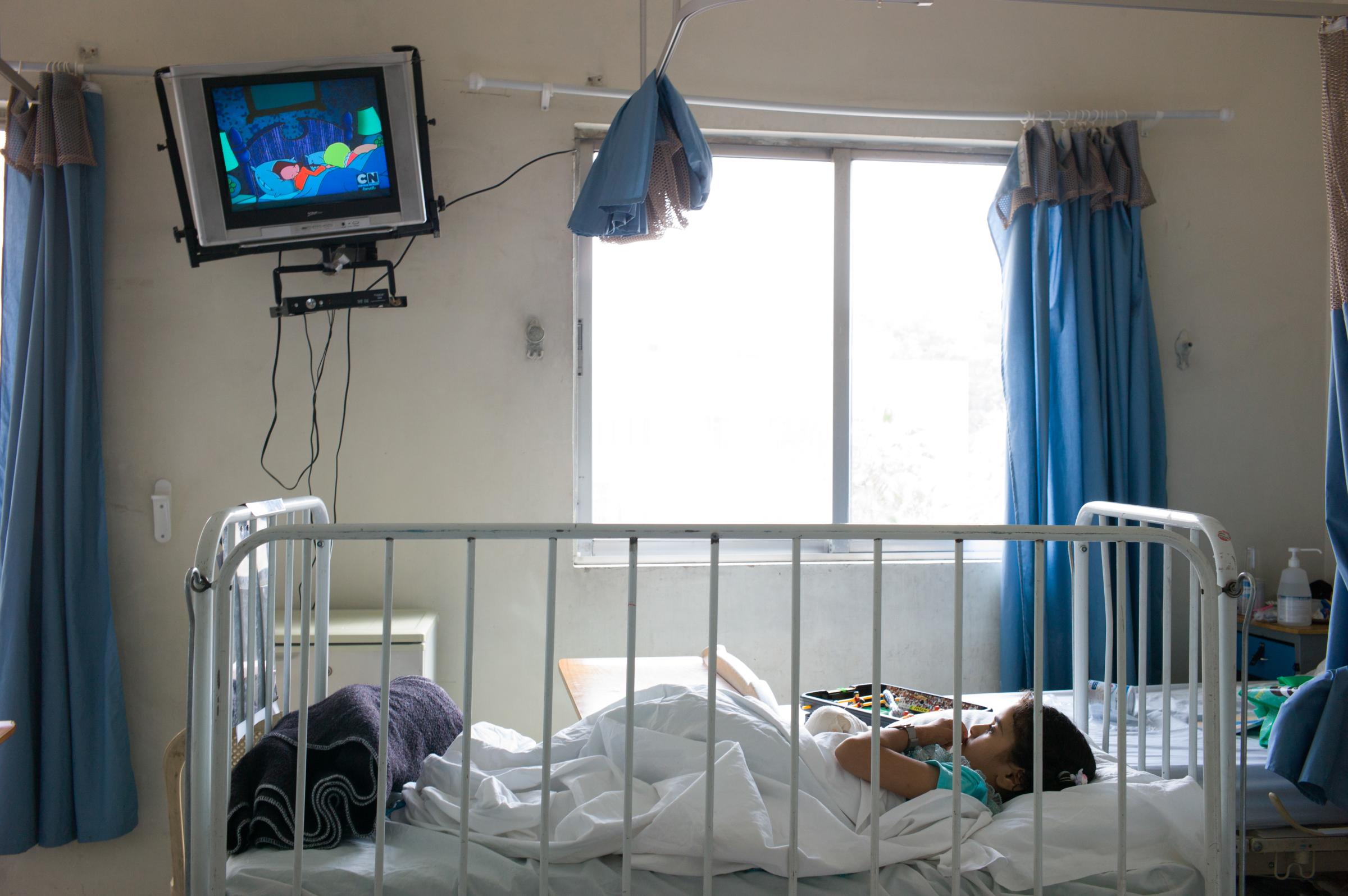
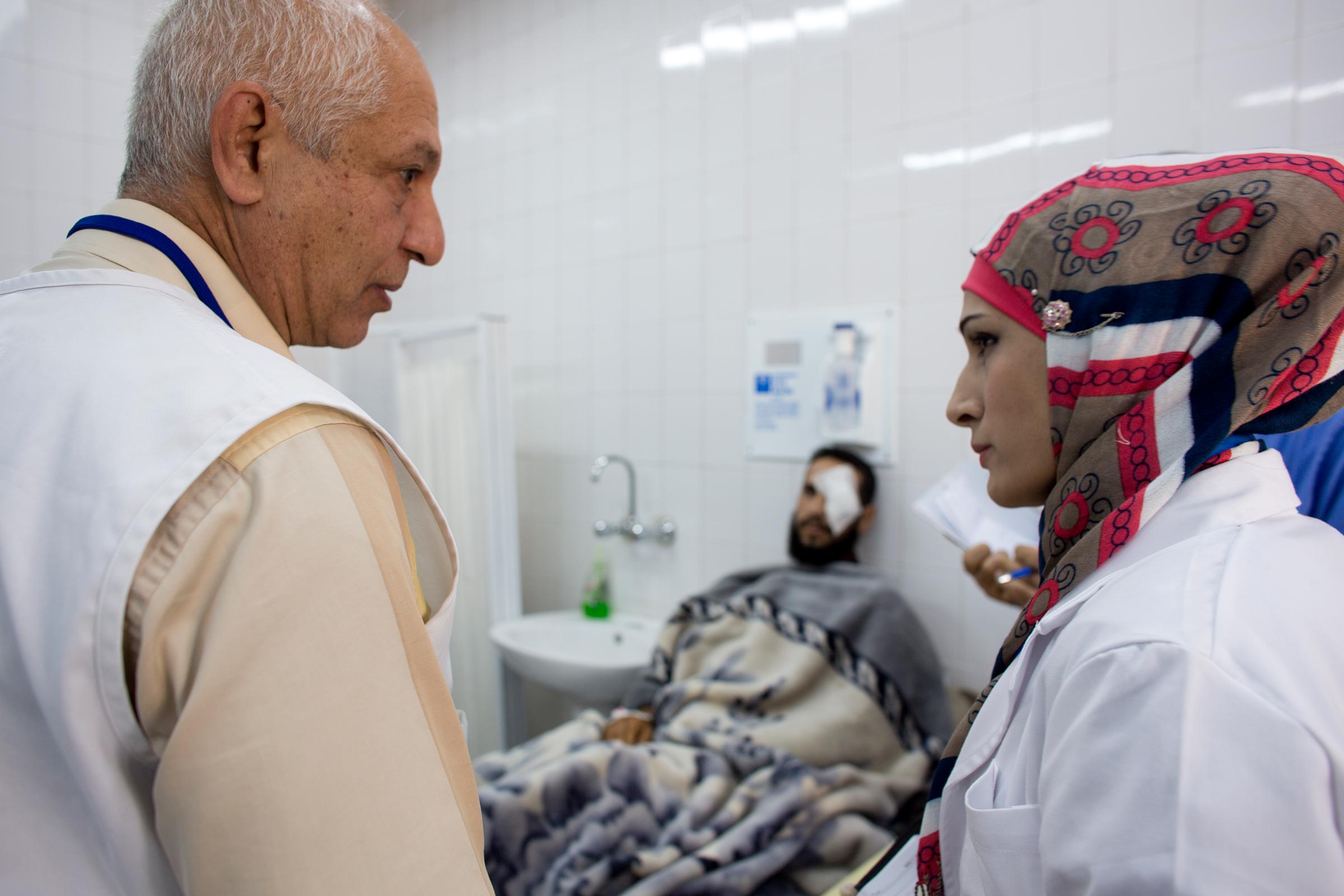

More Must-Reads From TIME
- The 100 Most Influential People of 2024
- The Revolution of Yulia Navalnaya
- 6 Compliments That Land Every Time
- What's the Deal With the Bitcoin Halving?
- If You're Dating Right Now , You're Brave: Column
- The AI That Could Heal a Divided Internet
- Fallout Is a Brilliant Model for the Future of Video Game Adaptations
- Want Weekly Recs on What to Watch, Read, and More? Sign Up for Worth Your Time
Contact us at letters@time.com